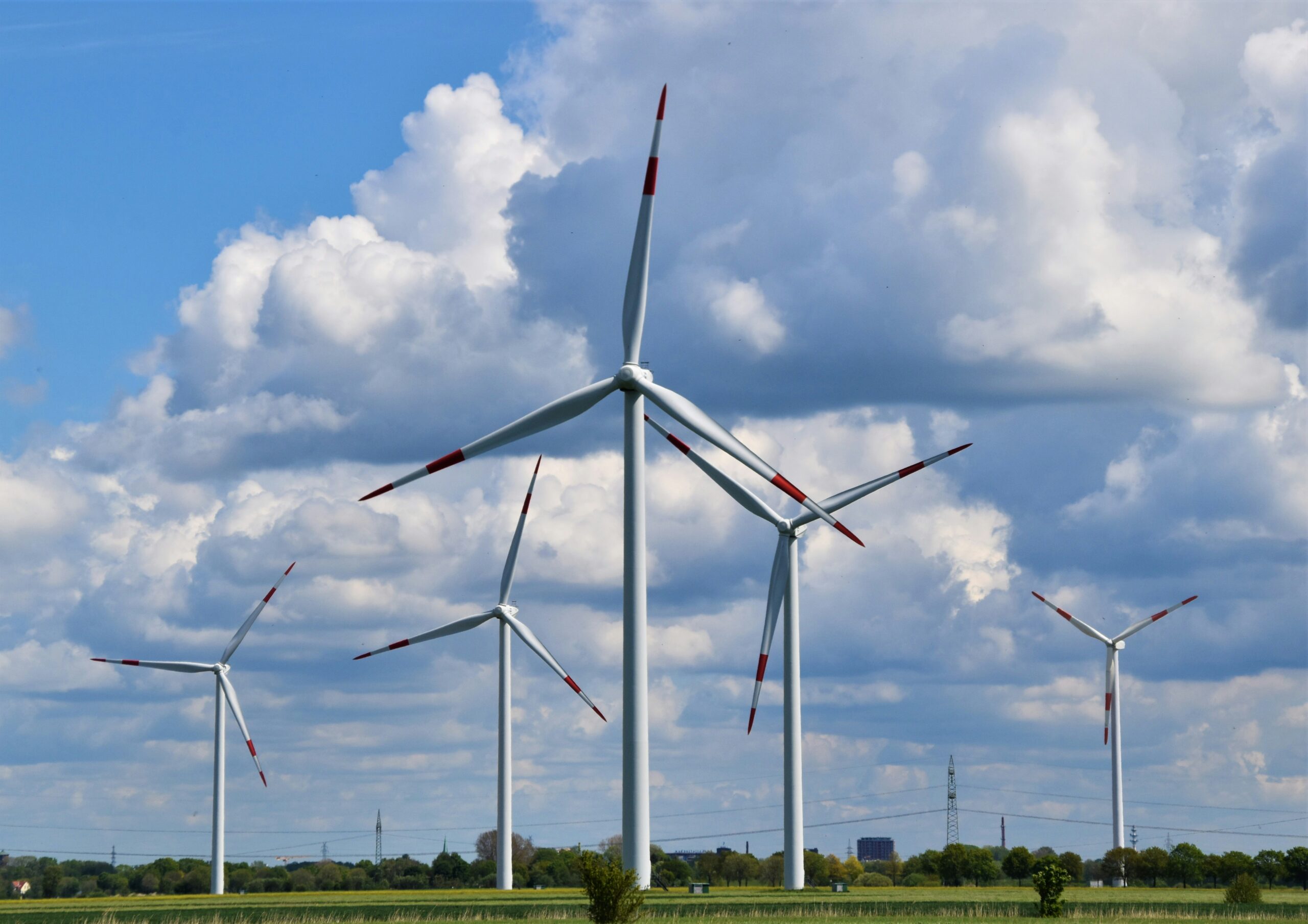
As the world confronts the urgent need to address climate change, the transition to clean, renewable energy sources has never been more critical. Wind energy is one of the most promising solutions to reduce carbon emissions and achieve global net-zero goals. With its abundance and capacity for large-scale energy production, wind power is poised to play a central role in decarbonizing the energy sector. This article will explore the importance of wind energy in achieving net-zero emissions, the technological advancements driving its growth, and the challenges it faces in widespread adoption.
The Growing Need for Renewable Energy
The drive to reach net-zero emissions by mid-century has spurred a global transition from fossil fuels to cleaner energy solutions. In particular, the energy sector remains one of the most significant contributors to greenhouse gas emissions, responsible for nearly three-quarters of global emissions. As the Paris Agreement outlines, reducing these emissions is crucial for keeping global warming below 1.5°C. Wind energy, as a zero-emission power source, has the potential to be a game changer in this regard. Unlike fossil fuels, wind power generates electricity without releasing harmful carbon dioxide or other greenhouse gases into the atmosphere, making it an essential component in efforts to curb climate change.
Renewable energy sources, such as wind, solar, and hydropower, are key to replacing the fossil fuel infrastructure that has dominated the global energy mix for over a century. Wind energy, in particular, is expanding rapidly due to its scalability and ability to generate electricity even in regions with limited sunlight. As nations set ambitious net-zero targets, it is critical to their strategies.
Countries like Denmark, Germany, and the United States have heavily invested in wind farms, and the industry is poised for further growth as technological advancements and political will align.
Technological Advancements and Cost Competitiveness
Technological innovation is one of the most significant drivers of wind energy’s growth. Over the past two decades, turbine design, materials, and efficiency advancements have drastically reduced the cost of wind power. The development of larger, more powerful turbines has allowed wind farms to generate more electricity with fewer units. Offshore wind farms, in particular, have become more viable due to advances in floating turbine technology, enabling them to be located in deeper waters where winds are stronger and more consistent. These innovations have made it more competitive with other forms of energy generation, including natural gas and coal.
Moreover, the operational efficiency of wind farms has improved as data analytics, and AI-powered monitoring systems enhance predictive maintenance and reduce downtime. By optimizing turbine performance and extending the lifespan of wind farms, the economics of wind energy continue to improve. As costs continue to fall and efficiency improves, it will become one of the lowest-cost energy sources, driving a more affordable transition to a net-zero future. The increasing affordability of wind energy also enables a broader range of countries, including those with less developed energy infrastructure, to harness its potential.
Wind Energy’s Potential for Job Creation
In addition to benefiting the environment, the wind energy sector creates substantial economic opportunities, primarily through job creation. The global wind industry employs millions of people and is expected to expand as demand for clean energy grows. The sector supports various skilled and unskilled jobs, from manufacturing wind turbines and components to installing and maintaining wind farms. Many wind farms are built in rural or economically disadvantaged regions, creating new employment opportunities in areas without limited economic growth.
Furthermore, the expansion of wind energy creates a ripple effect across various industries, from construction to supply chain logistics. As more countries invest in wind energy infrastructure, the demand for workers in electrical engineering, project management, and research and development will rise. This, in turn, can contribute to overall economic growth, providing long-term benefits to local communities and national economies. For policymakers, promoting wind energy can be a strategy to reduce emissions and support a transition to a green economy that provides high-quality, sustainable jobs.
Overcoming Challenges to Wind Energy Deployment
Despite its many advantages, the widespread deployment of wind energy faces several challenges. One of the primary hurdles is the variability of wind. Unlike conventional power plants, which can produce a steady electricity output, wind turbines depend on weather conditions, making them intermittently available. While technological solutions like energy storage systems can mitigate this issue, integrating large-scale wind power into existing electricity grids requires significant upgrades to ensure reliability and stability.
Another challenge is the environmental and social impact of wind farms. While wind energy is far cleaner than fossil fuels, the construction of large wind farms can disrupt local ecosystems and wildlife habitats. Birds and bats, in particular, are at risk of colliding with turbines, while the land use associated with wind farms can affect agriculture and local communities. Additionally, there is often opposition to the construction of wind farms, particularly in densely populated areas where aesthetic concerns and property values come into play. Overcoming these challenges requires careful planning, community engagement, and investment in technology that reduces the ecological impact of wind energy projects.